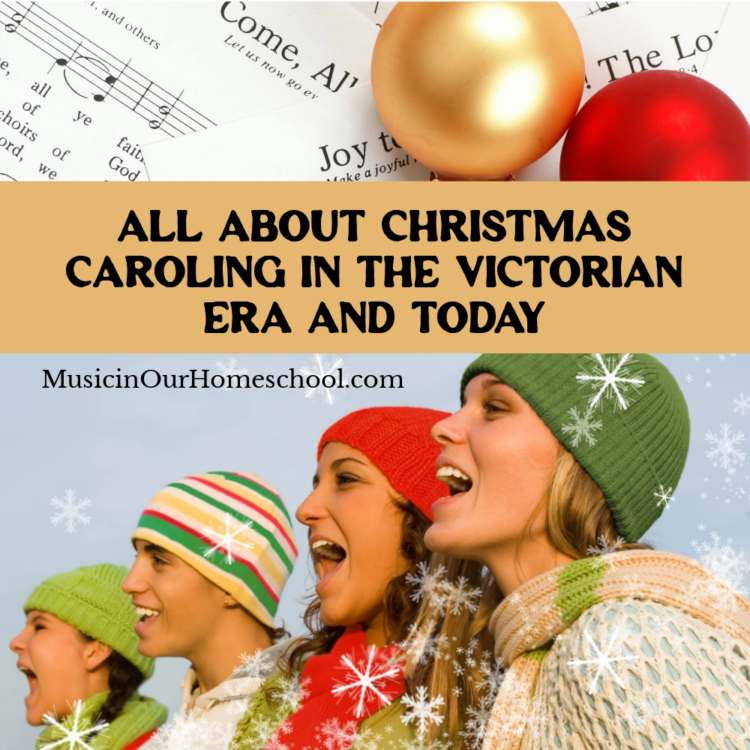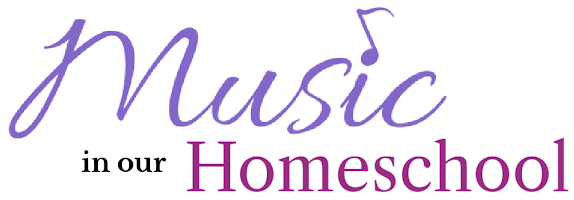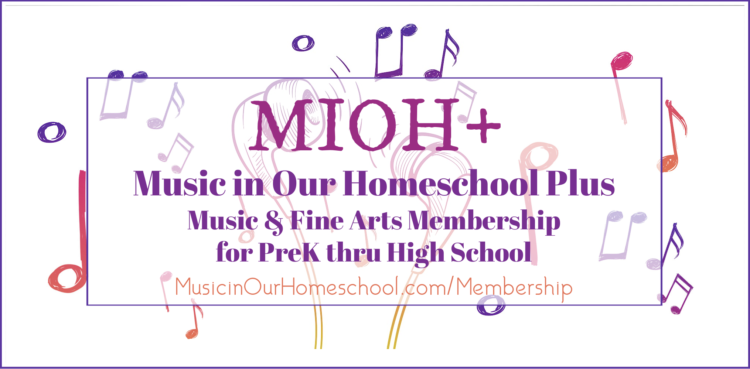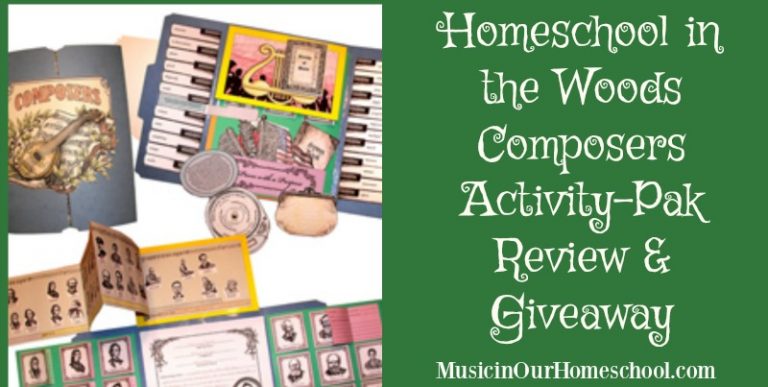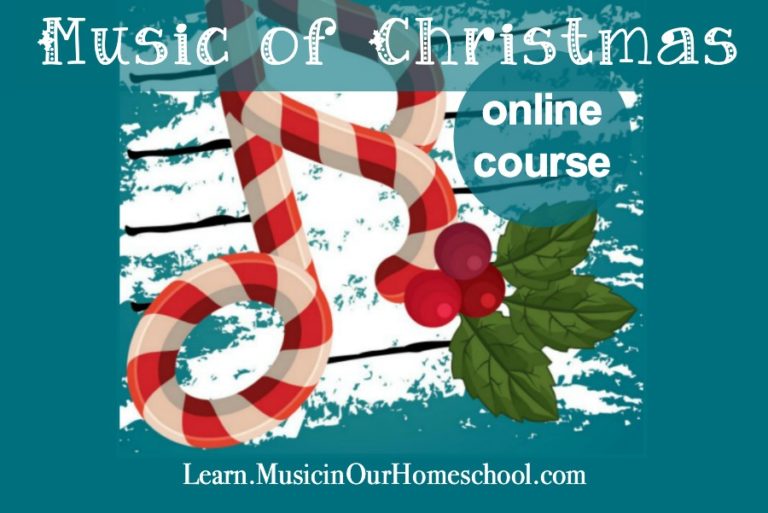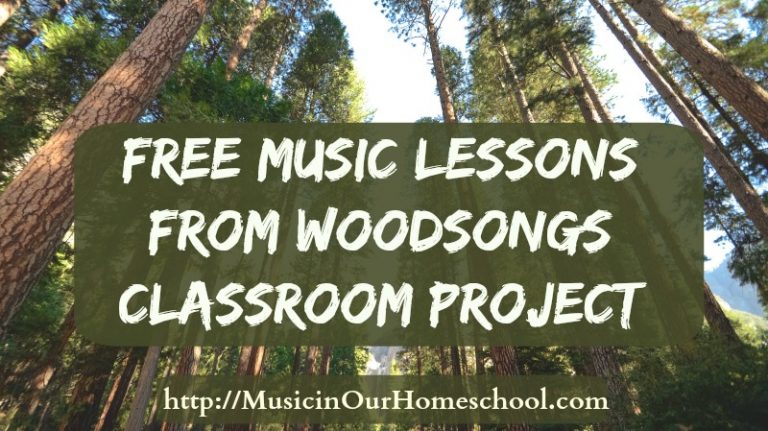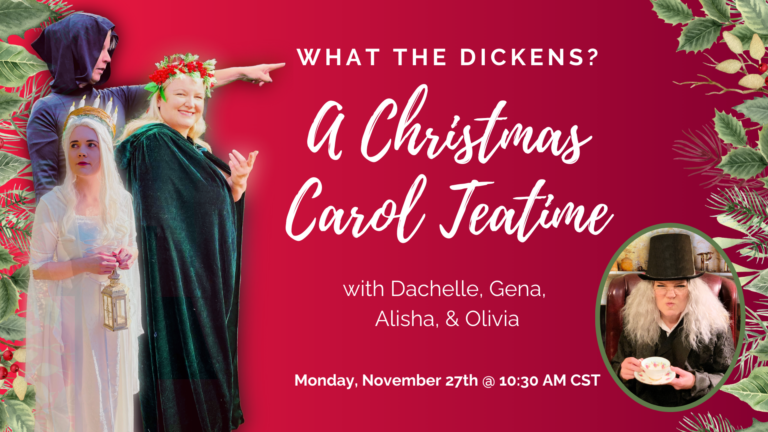All About Christmas Caroling in the Victorian Era and Today! E42
Today’s enchanting topic whisks us back to a time when Christmas was celebrated with a rich tapestry of music and community spirit—yes, we’re diving into Victorian Christmas caroling!
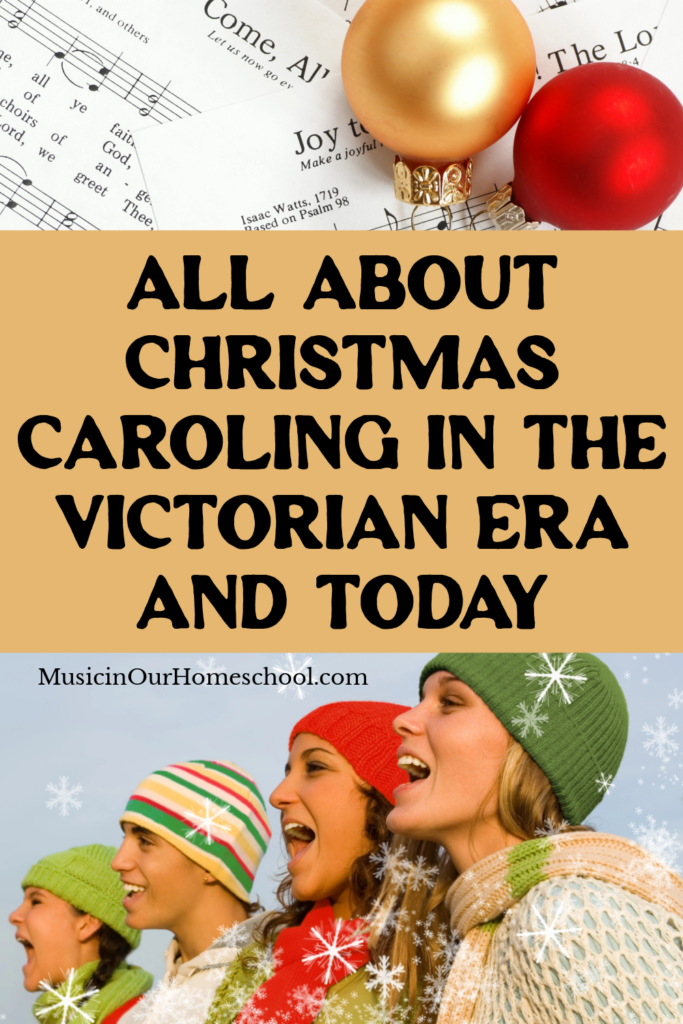
Victorian Christmas Caroling
Imagine the streets of 19th-century England, adorned with festive decorations, where groups of friends and families gathered to serenade their neighbors with joyful Christmas carols. But how did this delightful tradition begin?
The Victorian era, named after Queen Victoria’s reign from 1837 to 1901, was a period of profound social change and cultural development. It was during this time that the festive custom of Christmas caroling blossomed, weaving into the very fabric of holiday celebrations.
Queen Victoria’s husband, Prince Albert, brought his German tradition of decorating a Christmas tree to England, and soon, the whole nation followed suit. Gathering around the tree while singing Christmas carols became a beloved way to foster community spirit during the festive season.
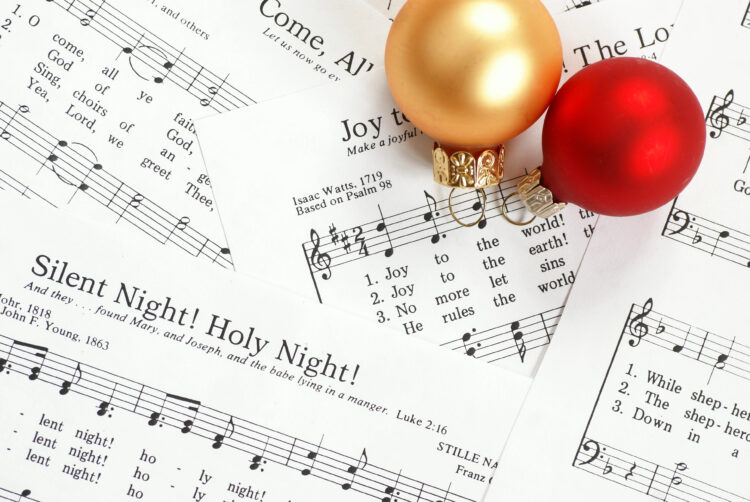
What is Wassailing?
One intriguing element of Victorian Christmas caroling is the practice known as wassailing. Originating from the tradition of going door to door, wassailers would sing in exchange for treats or a drink from the wassail bowl—a spiced hot apple cider. This practice is immortalized in the song Here We Come A-Wassailing, which warmly extends wishes for love, joy, and a happy new year to the householders.
Moreover, caroling became a means to raise money for charity. Licensed town musicians, known as ‘waits,’ would perform on the streets to collect donations during the Christmas season. Thanks to the Industrial Revolution, musical instruments became more accessible, and sheet music could be mass-produced. This allowed families to bring caroling into their homes, ensuring the joyous sound of Christmas carols could be heard far and wide.
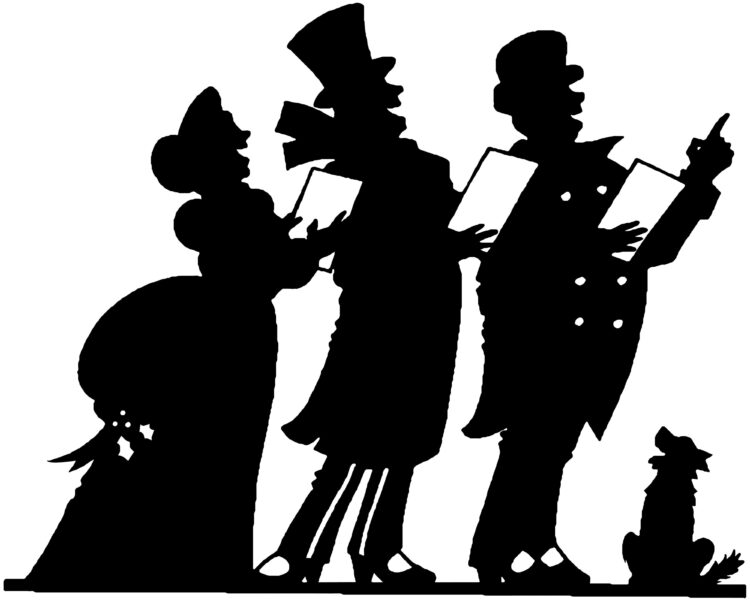
There is even a Christmas Carol called “Here We Come a-Wassailing:”
It’s partly a New Year’s song as well, as the refrain says this:
Love and joy come to you,
And to you your wassail too;
And God bless you and send you
a Happy New Year
These are some of the other lyrics for Here We Come A-wassailing :
Here we come a-wassailing
Among the leaves so green;
Here we come a-wand’ring
So fair to be seen.
REFRAIN:
Love and joy come to you,
And to you your wassail too;
And God bless you and send you a Happy New Year
And God send you a Happy New Year.
We are not daily beggars
That beg from door to door;
But we are neighbours’ children,
Whom you have seen before.
We have got a little purse
Of stretching leather skin;
We want a little of your money
To line it well within.
Bring us out a table
And spread it with a cloth;
Bring us out a mouldy cheese,
And some of your Christmas loaf.
God bless the master of this house
Likewise the mistress too,
And all the little children
That round the table go.
Good master and good mistress,
While you’re sitting by the fire,
Pray think of us poor children
Who are wandering in the mire.
Popular Victorian Era Christmas Carols
Among the popular carols of the Victorian era were The Holly and the Ivy and I Saw Three Ships. The Holly and the Ivy is a traditional British carol whose origins trace back to medieval times. (Get sheet music for the two songs here: “The Holly and the Ivy” and “I Saw Three Ships”) Its lush imagery connects nature with the celebration of Christmas. I Saw Three Ships, first published in 1833, carries an air of mystery with its lyrics about ships sailing into Bethlehem—a geographical impossibility. These ships might symbolize the biblical Magi’s camels, affectionately dubbed the ‘ships of the desert.’
Beyond these, timeless classics like Silent Night and O Holy Night were written during the Victorian era. Silent Night, with its poignant origin involving a broken church organ in Austria, and O Holy Night, composed in France for a village’s Christmas Eve Mass, transcend time with their universal messages of peace and reverence.
Other notable carols that graced Victorian celebrations include Jingle Bells, Deck the Halls, We Three Kings, and Good King Wenceslas. These carols, whether newly penned or cherished from previous eras, encapsulate the spirit of Christmas, making them perennial favorites.
Carols Written During the Victorian Era
- Jingle Bells (1857)
- We Three Kings (1857)
- Deck the Halls (1862)
- It Came Upon the Midnight Clear
- Hark! The Herald Angels Sing
- God Rest Ye Merry, Gentlemen
- O Come, All Ye Faithful
- Good King Wenceslas
- Joy to the World
- The First Noel
Older Christmas carols (but still sung in the Victorian era):
- Wexford Carol
- God Rest Ye Merry, Gentlemen
- Coventry Carol
- The 12 Days of Christmas
- O Christmas Tree
- O Come, All Ye Faithful
- Hark! The Herald Angels Sing
Conclusion of Victorian Era Christmas Caroling
For those interested in bringing Victorian Christmas caroling to their homeschool, I’ve compiled resources to enhance your musical journey. Learn to sing them in Christmas Carols Made Easy: A Singing Made Easy course.
What the Dickens? A Christmas Carol Teatime
We had so much fun with our What the Dickens? A Christmas Carol Teatime event!
The replay video is posted here ~ in the Music in Our Homeschool Plus membership site ~free for a limited time only.
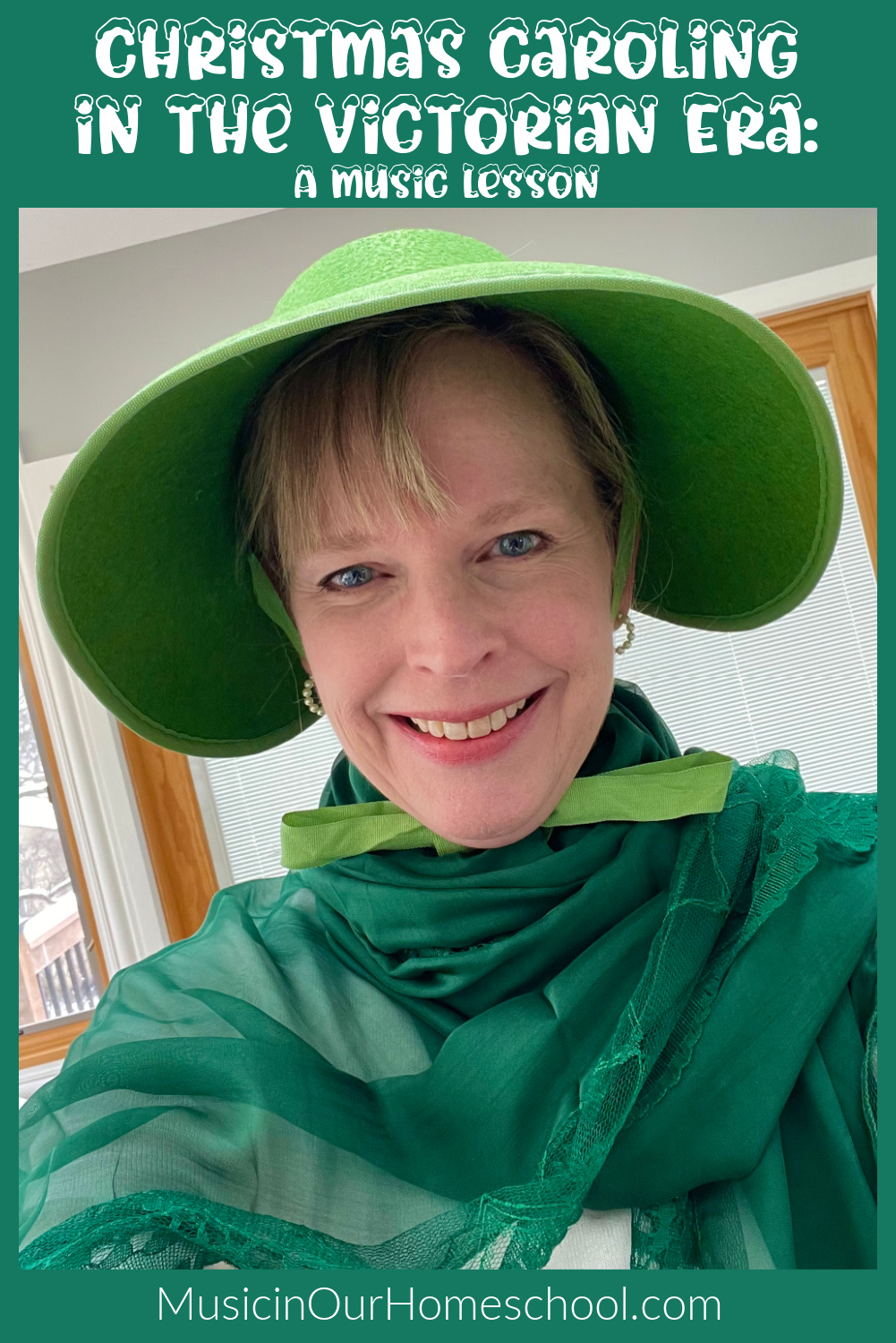
Links referenced during the teatime:
- “The Holly and the Ivy” and “I Saw Three Ships” sheet music
- The “Christmas Caroling in the Victorian Era” Spotify playlist
- Christmas Carols Made Easy online course (if you’re catching this before 11/30/23, use coupon code THANKS2023 to save 30% on the lifetime access course).
- Music of Christmas online course (includes a mini-course on Lessons and Carols)
- Christmas Musicals Mini-Course for upper elementary – high school
- Christmas Printable Set for preschool and early elementary
- KinderBach Christmas Songs songbook for preschool and early elementary
- A Very Merry Christmas Carol art course from Masterpiece Society (Alisha and Olivia)
See the YouTube Video “You Won’t Believe How Victorian Christmas Carols Can Revive Your Homeschool”:
Listen to the Podcast Episode 42: Celebrating Victorian Christmas Carols: Bringing Historical Festivity to Your Homeschool:
Listen here or subscribe and follow The Music in Our Homeschool Podcast through your favorite podcast app, such as Apple Podcasts or Spotify!
Read the Podcast Transcript here.
Related Posts:
- Music for Christmas School in Your Homeschool
- The Legacy of Christmas Music: Songs That Have Inspired Joy for Centuries
- What the Dickens? A Christmas Carol Teatime
- All About the Christmas Musicals mini-course
- Free 15-Minute Music Lesson for “O Christmas Tree”
